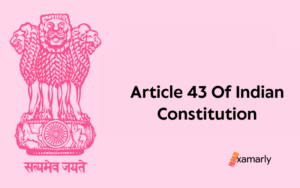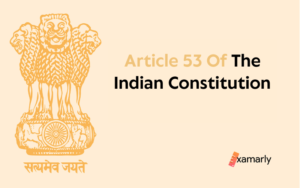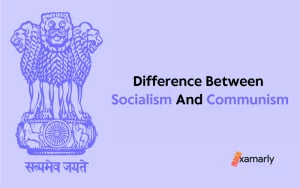The Governor of the Indian States is spelled forth in Article 153 of the Indian Constitution. The provisions of the aforementioned Article can be found in Part VI, Chapter II, “The Executive.” The States are the main focus of Part VI of the Constitution.
This post will be beneficial for the preparation for UPSC Exam and this article is a part of Indian Polity covered in the IAS Syllabus.
What Is Article 153 Of The Indian Constitution?
Article 153 of the Indian Constitution articulates that each State of India shall have a Governor:
With the exception that nothing in this article may be construed to impede the selection of the same individual to serve in that capacity for two or more states.
Explanation Of Article 153
“There shall be a Governor for each State”: It is quite evident that the phrase “there shall be a Governor for each State” signifies that there absolutely needs to be a Governor for each State at all times.
If a position opens up for any reason, swift action is required to fill it.
The Governor of a neighboring state may be asked to take on extra responsibilities for the state, or the state’s Chief Justice may be asked to step in until a permanent Governor can be appointed.
“A Governor for each State”: In the proviso to article 153, it is made clear that the phrase “a Governor for each State” does not rule out the idea of having the same person serve as Governor for many states.
The stance is bolstered by the provision to article 156(3), which provides that a Governor must serve beyond the end of his term until his replacement takes office.
The Governor
In the same way that the President serves as the nominal head of the nation, the Governor serves in the same capacity for their own state.
He serves as the chief executive head and is a significant member of the state executive. The governors of the various states are chosen by the central government.
The State Chief Minister and his or her council of ministers hold the real power, which implies that the Governor exercises similar authority and performs similar duties as the President of India while acting at the state level. In addition, the Seventh Constitutional Amendment Act of 1956 included a provision in Article 153 that made it possible for the same individual to hold the office of governor in two different states at the same time.
Conclusion
The Governor, the Council of Ministers, and the Chief Minister make up the State Executive. Article 153 of the Indian Constitution stipulates that the Governor shall always exist. The Governor is a crucial member of a State’s legislature.
The Constitutional Provisions of Article referred to above can be found in Chapter II of Part VI of the Constitution, which is entitled “The Executive.”
On May 30th, 1949, a discussion was held over the draught of Article 129, also known as Article 153. It said that a Governor would be appointed for each State. The adoption of the Draft Article took place on May 30, 1949. The Seventh Amendment of the Constitution revised this provision.
FAQs On Article 153
Why Governor Is The Nominal Head Of The State?
Governor is said to be the Nominal head of the State of India because he or she has the same authority and functions as the Indian President while serving at the state level but the Chief Minister of that State and his/her CoM has the real authority to exercise.
Which Article Specifies That States Should Have A Governor?
Article 153 of the Indian Constitution outlines that each State of India must have a Governor.
Which Amendment Has Revised Article 153?
The 7th amendment of the Indian Constitution modified Article 153. The said amendment enables the same person may serve as governor of two separate states at the same time.
What Do You Understand By The Nominal Head And Real Head?
Despite not having the authority to govern the nation, a nominal head is the constitutional head of the nation. For example, the President of India, and the Governor of the state are said to be the nominal head of the Republic and of the State.
Having the power to govern the nation and serving as the head of the government is the essence of a real head. For instance, the Prime Minister of the country.
What Article 153 Deals With?
Article 153 of the Indian Constitution states that each state of India must have a Governor.






